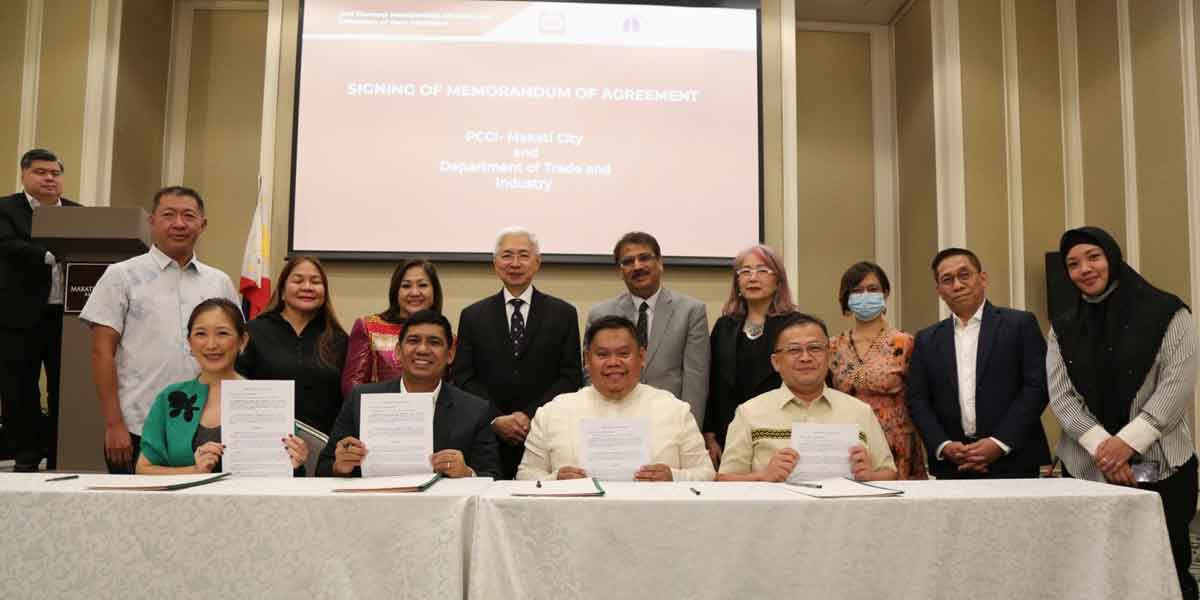
By Joseph B.A. Marzan
Iloilo Governor Arthur Defensor Jr. on Thursday said the surge in coronavirus disease 2019 (COVID-19) cases in the province and the rest of the region may be attributed to the presence of “more infectious” variants from overseas.
Data from the Iloilo Provincial Health Office (IPHO) as of 12 pm of June 9, 2021 indicated that the province logged 9,084 COVID-19 cases, including 2,084 active cases, 6,768 recoveries, and 223 deaths.
The IPHO data also showed that from June 1 to 9, 2021, the province reported 1,078 new cases, or 57.04 percent of the new cases reported in May (1,890), with a daily average of 120 new cases.
Based on age group, most of the province’s total COVID-19 cases are between 21 to 30 years old at 2,243 (24.69 percent), including 1,125 males and 1,028 females; followed by persons 31 to 40 years old (1,820 cases or 20.03 percent).
Persons 61 years old and above accounted for 1,220 cases or 13.43 percent of the total tally. This age group also had the most number of deaths in the province with 140 or 62.78 percent of the province’s total COVID mortality count.
In a press conference Thursday, Defensor said the notable presence of cases and deaths in these specific age groups are the reason why authorities continue to reiterate the observance of minimum health standards.
“Right now, that is why, [observance of] minimum public health standards is primary to us. We cannot perfect it. What we have to consider there is that, we need to think about the severity for vulnerable persons. For those who cannot avoid going out regularly, they need to practice minimum public health standards,” he said.
Defensor also reiterated the province’s Reverse Isolation policy in a memorandum issued on June 8, as well the continued development of Ligtas COVID-19 Centers for isolation and quarantine in barangays and municipalities.
Beds, equipment, and staffing capacities of district and provincial hospitals have been stretched to increase their preparedness, and the Temporary Treatment and Monitoring Facility at the Iloilo Sports Complex.
Resorts are also being considered as hospital extension for asymptomatic, mild, and moderate cases, similar to the move of Iloilo City to tap hotels for the same purpose.
“Severity comes from senior citizens and those with comorbidities. Reverse isolation protects them from the household level, treating them like they are positive. Here, we isolate those with potential to be infected. But on the part of our hospitals and facilities, we are developing in the barangay level our Ligtas COVID-19 Centers in barangays and municipalities because it is better to isolate and quarantine our constituents,” Defensor said.
As to the surge in cases, Defensor said the provincial government suspects that foreign COVID variants are now present in the province.
Last Monday, the Department of Health-Center for Western Visayas (DOH-WV CHD) confirmed 4 cases of foreign COVID variants in the region.
These include 3 of the Alpha variant (B.1.1.7) which originated from the United Kingdom and 1 case of the Beta variant (B.1.351) that originated from South Africa.
But DOH-6 did not specify the area where these cases were detected.
Defensor lamented the verification process, which he said took up to one month and did not make a difference in the policy.
“We have our suspicions because of the behavior [of the COVID-19 surge]. Back then, in one household only 3 get infected, but now, it goes up to 15. That is our indication as to our suspicion. The DOH sends these samples to the [Philippine Genome Center], but that is very slow, up to one month. But whether or not it’s a different variant, we will do just the same,” he said.
Meanwhile, Defensor said a shift to the stricter Modified Enhanced Community Quarantine (MECQ) was “off the table” as of this time.
The governor is confident that the current travel restrictions, border controls, limitations on leisure activities, and establishment regulations will help mitigate the COVID-19 spread.
Iloilo province has been more the lenient Modified General Community Quarantine for over a year now.
“This MGCQ is to prevent and manage the surge. We will not be surprised if there is a surge because it has happened in other LGUs and in other countries. That’s where we are right now. (sic) We try to reduce as much as possible the circulation of people to what the economy can afford. That is why we have municipal quarantine and border controls. Maybe in two weeks time, we can have a [positive] result,” he said.
VACCINATION
Defensor also said that the provincial government was “on track” in its COVID-19 vaccination efforts.
IPHO vaccination data as of June 9, 2021 indicated that a total of 20,443 individuals have been fully vaccinated against COVID-19 after receiving the second dose, with 1,644 receiving AZD1222 (AstraZeneca) while 18,799 received CoronaVac (Sinovac).
In total, 69,134 individuals have received at least their first dose of the COVID-19 vaccine, with 34,586 receiving AZD1222 and 34,548 receiving CoronaVac.
Local government units in the province have been administering vaccines in their areas, while the provincial government had been conducting its own vaccination activities at the Cultural Center of West Visayas State University in Iloilo City.
The governor said that the provincial government followed “the most equitable” formula in distributing the vaccines it has received from the national government through the DOH-WV CHD, which he said was based on the eligible population, starting from Group A.
“Our formula is that we don’t have discretion. I cannot decide on who and which should the vaccines go to. It is indexed on eligible population. Right now, for example, the province is at 5 percent of the eligible population, which, practically speaking, is everybody, minus those who are 18 years and below if we don’t vaccinate minors. But what we want is [to vaccinate] 5 percent of Bingawan, 5 percent of Miag-ao, 5 percent of Pavia, 5 percent of Dumangas. Every town should be at 5 percent,” he said.
Regarding the deferrals and low turnout compared to master lists, the governor said that “we need to just keep chasing [targets].”
The latest vaccination data by the DOH-WV CHD as of June 5 showed that out of 388,699 who were masterlisted under vaccination priority Group A, around 67,178 (17.28 percent) have received their 1st dose and 16,519 (4.25 percent) received their 2nd dose.
Group A includes workers in frontline health services (A1), all senior citizens (A2), persons with comorbidities (A3), frontline personnel in essential sectors including uniformed personnel (A4), and indigent population (A5).



















